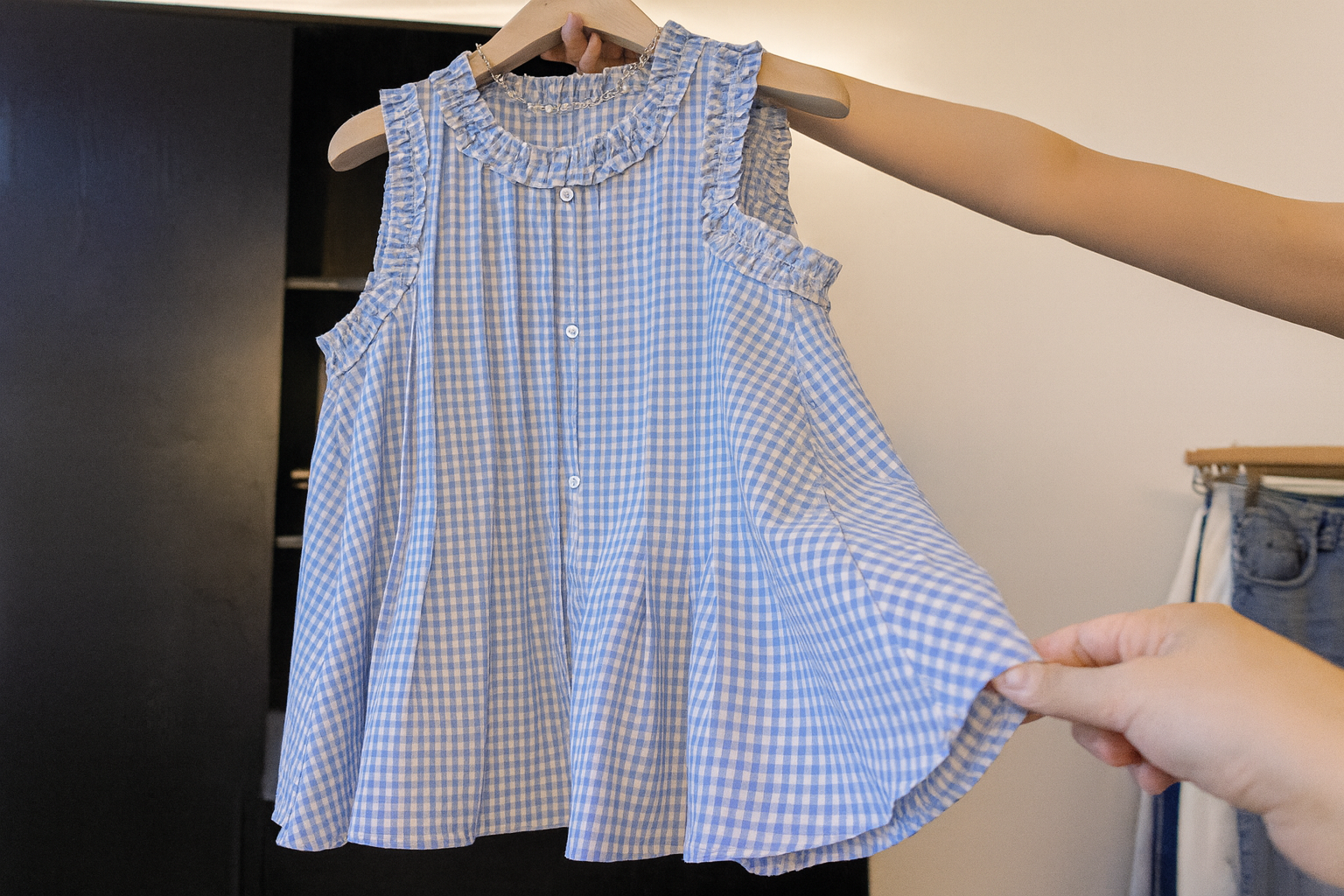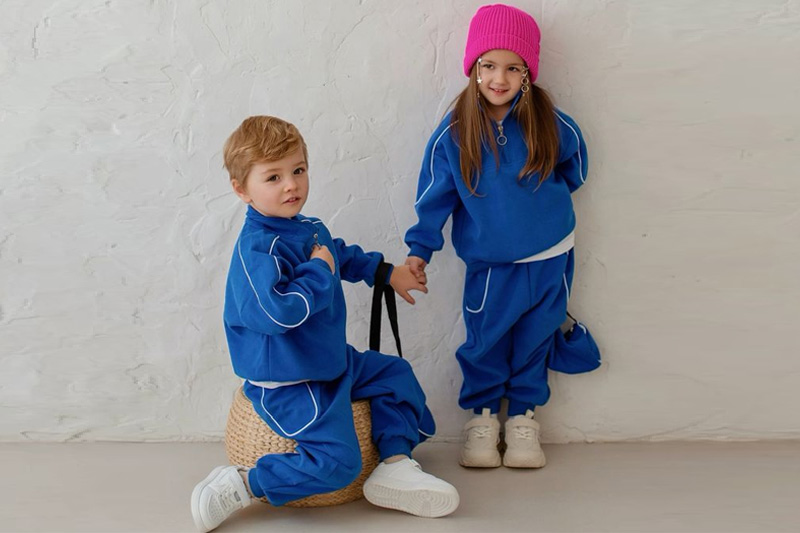Finding the right production volume is one of those questions that can keep a kidswear founder up at night. If you’ve ever worried whether your MOQ is too high—or too low—you’re not alone. I’ve worked with dozens of startups and I get it: launching your children’s clothing line is hard enough without feeling lost in factory lingo and numbers that don’t make sense.
What is MOQ in clothing and how do you find the right one?
MOQ stands for Minimum Order Quantity. It’s the smallest number of units a factory is willing to produce in one run. But here’s the thing: it’s not just a number. Your MOQ affects your budget, your cash flow, your storage space—even your brand’s survival. To find the right MOQ, consider your market size, product variety, and inventory risks. And yes, you can negotiate—especially if you know how to talk to your manufacturer.
Before we get into the nitty-gritty, I want to say this: you don’t need to go broke ordering more than you can sell. Let’s bust some myths and figure out what works for you.
What is MOQ and why does it matter?
Understanding MOQ is more than reading a number on a quote sheet. It shapes how your business runs.
Why does MOQ affect everything from your budget to brand growth?
MOQ isn’t just about manufacturing costs—it’s about forecasting demand, managing storage, and controlling your cash. Too low and your unit price spikes. Too high and you risk sitting on unsold inventory. The “right” MOQ balances cost, risk, and flexibility for your specific situation.
When I first started working with new brands, I noticed a pattern: many founders assumed that the MOQ a factory gave them was set in stone. It’s not. And it shouldn’t be. A good manufacturer wants to grow with you—not squeeze you on your first run.
Let me break it down further:
How MOQ works in manufacturing
| Factor | What It Means |
|---|---|
| Setup Costs | Factories need to prepare machines, fabrics, and workers for each production run. |
| Price Per Unit | Lower MOQs usually mean higher unit costs. |
| Fabric Minimums | Fabric mills also have MOQs that affect yours. |
| Waste & Efficiency | Larger orders help reduce production waste. |
So, a 1,000-piece MOQ might not mean someone’s trying to take advantage of you—it could just reflect these logistics. But that doesn’t mean you can’t work around it. More on that below.
Is a high MOQ mandatory? (And other myths we need to squash)
You’ve probably heard that all manufacturers require huge MOQs. That’s not true.
Can startups negotiate lower MOQs in kidswear manufacturing?
Yes, absolutely. Startups can often negotiate lower MOQs by simplifying designs, focusing on fewer SKUs, or offering flexible delivery schedules. Good factories understand that small brands grow—and they want to be part of that journey.
Here are some myths I hear all the time—and what’s actually true:
- Myth: All quality factories only accept orders above 1,000 pcs.
- Reality: Many offer flexible MOQs, especially if you build a long-term partnership.
- Myth: Lower MOQs mean lower quality.
- Reality: Quality depends on materials and QC processes—not order volume.
- Myth: MOQ can’t be negotiated.
- Reality: You’d be surprised what’s possible when you ask the right way.
When I talk to brand founders, I always say: Don’t be afraid to have this conversation. Just be honest about your stage, and ask what the factory needs in return. Sometimes, offering to pay for sampling or accepting fewer fabric choices can reduce their risk—and your MOQ.
How do you know your ideal production volume?
This is where business meets instinct. And spreadsheets.
How do kidswear startups calculate the right production quantity?
Start with your expected sales volume, break-even price point, storage capacity, and risk tolerance. Use small batch testing, pre-orders, or crowdfunding to validate demand. Don’t guess—gather real data to find a MOQ that makes financial and strategic sense.
Here’s a simple framework I share with new brands:
Steps to estimate your starting volume
- Forecast demand. Look at your community size, preorder interest, or early customer list.
- Check your budget. Can you afford to tie up cash in unsold stock?
- Evaluate storage. Do you have space to keep the goods without added costs?
- Understand shelf life. Trendy baby prints go out of style faster than you think.
- Test and scale. Start small, learn what sells, and grow your volume accordingly.
I had one client—a mompreneur from Australia—who started with just 80 units of three styles. She sold out in three weeks. Now we’re planning her next run with 300 units per style. The point is: smart scaling is always better than over-ordering.
Can sustainability help reduce your MOQ?
Here’s where things get interesting. Sustainable brands often have more flexibility than you’d expect.
How can eco-friendly practices support better MOQ decisions?
Choosing organic materials like cotton or bamboo may open up access to manufacturers who specialize in small batch ethical production. Many of these suppliers are more open to flexible MOQs to support sustainable goals. You also reduce overproduction risk, which saves money long-term.
For example, we often work with eco-conscious baby brands that only order 100–200 pcs per style. Why? Because they want to:
- Test demand with small, responsible runs
- Avoid overproduction waste
- Create “limited edition” drops that feel special
And guess what? Those “small” orders often have higher perceived value. Parents love buying pieces that are made ethically, in limited numbers, using safe materials. That’s a win-win.
If you’re using sustainable fabrics, just make sure to ask your supplier what fabric MOQ looks like. Sometimes it’s the material mill—not the garment factory—setting the volume limits.
What kind of manufacturer works with flexible MOQs?
Finding the right partner is half the battle. Look for someone who sees your potential—not just your order size.
What qualities should you look for in a kidswear manufacturer?
Focus on factories that offer transparent communication, clear certifications, and flexibility in MOQs without sacrificing quality. Look for a partner—not just a supplier—who supports your long-term growth and understands the needs of small brands.
When we work with small labels, here’s what we do to make it easier:
- Offer low MOQs starting from 50 pcs per style
- Provide fabric sourcing support to simplify choices
- Help with sampling and pattern adjustment
- Communicate clearly and in simple language—no jargon
What to ask your factory during MOQ discussions
| Question | Why It Matters |
|---|---|
| “What’s the MOQ per style and per color?” | Helps you plan variety while managing cost. |
| “Can we start small and scale later?” | Signals a growth mindset—and builds trust. |
| “Do you offer stock fabric options?” | Lower cost and smaller MOQs are often possible. |
| “What are your certifications?” | Ensures safety and builds buyer trust. |
The truth is, your manufacturer should feel like a teammate. If they don’t support your growth plans—or pressure you into volumes you can’t handle—it might be time to look elsewhere.
Conclusion
You don’t have to follow someone else’s playbook. Finding the right MOQ is about knowing your business, your customers, and your goals. Ask questions, start small, and work with people who believe in your brand—even before the big orders come in.


